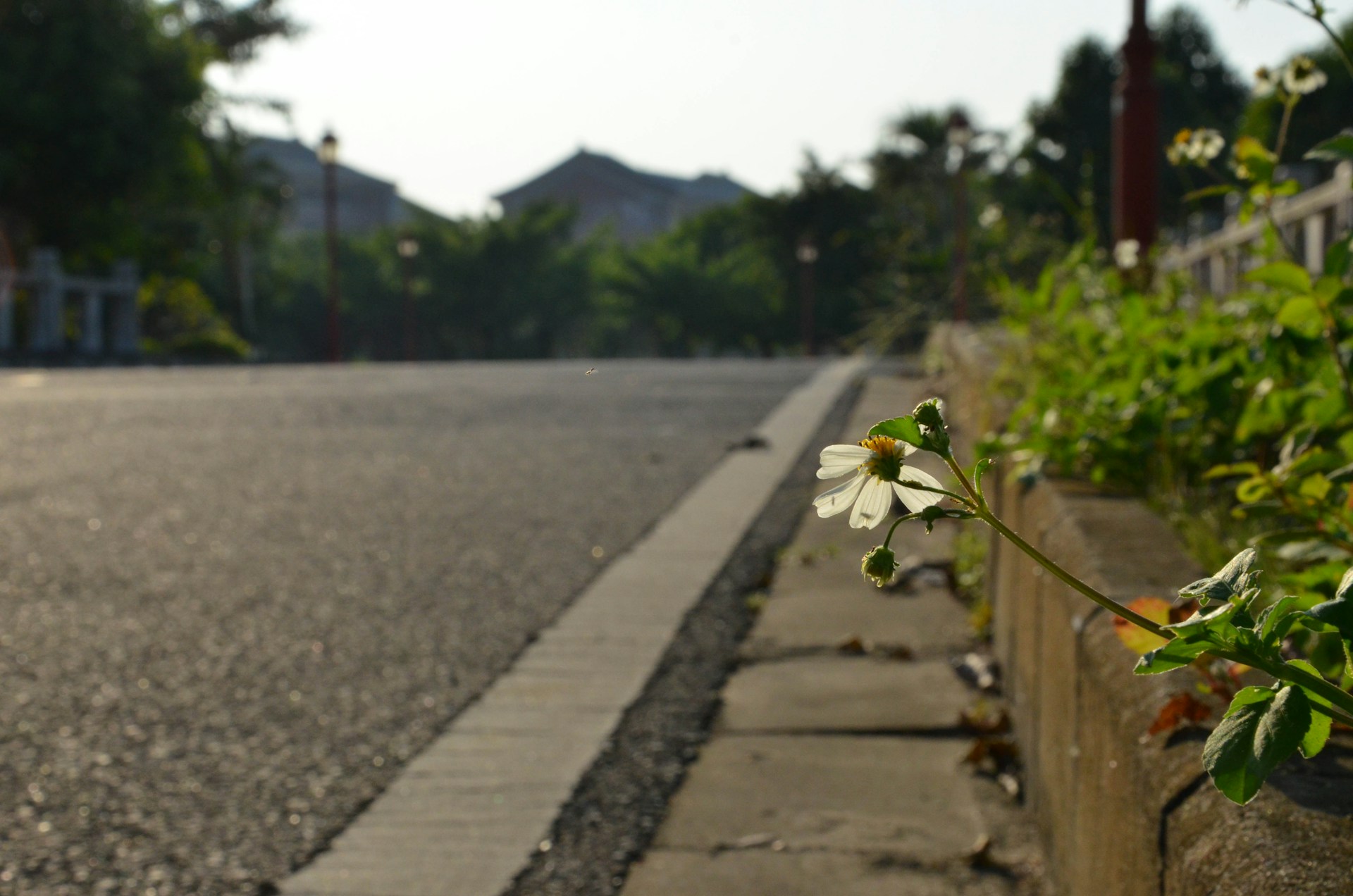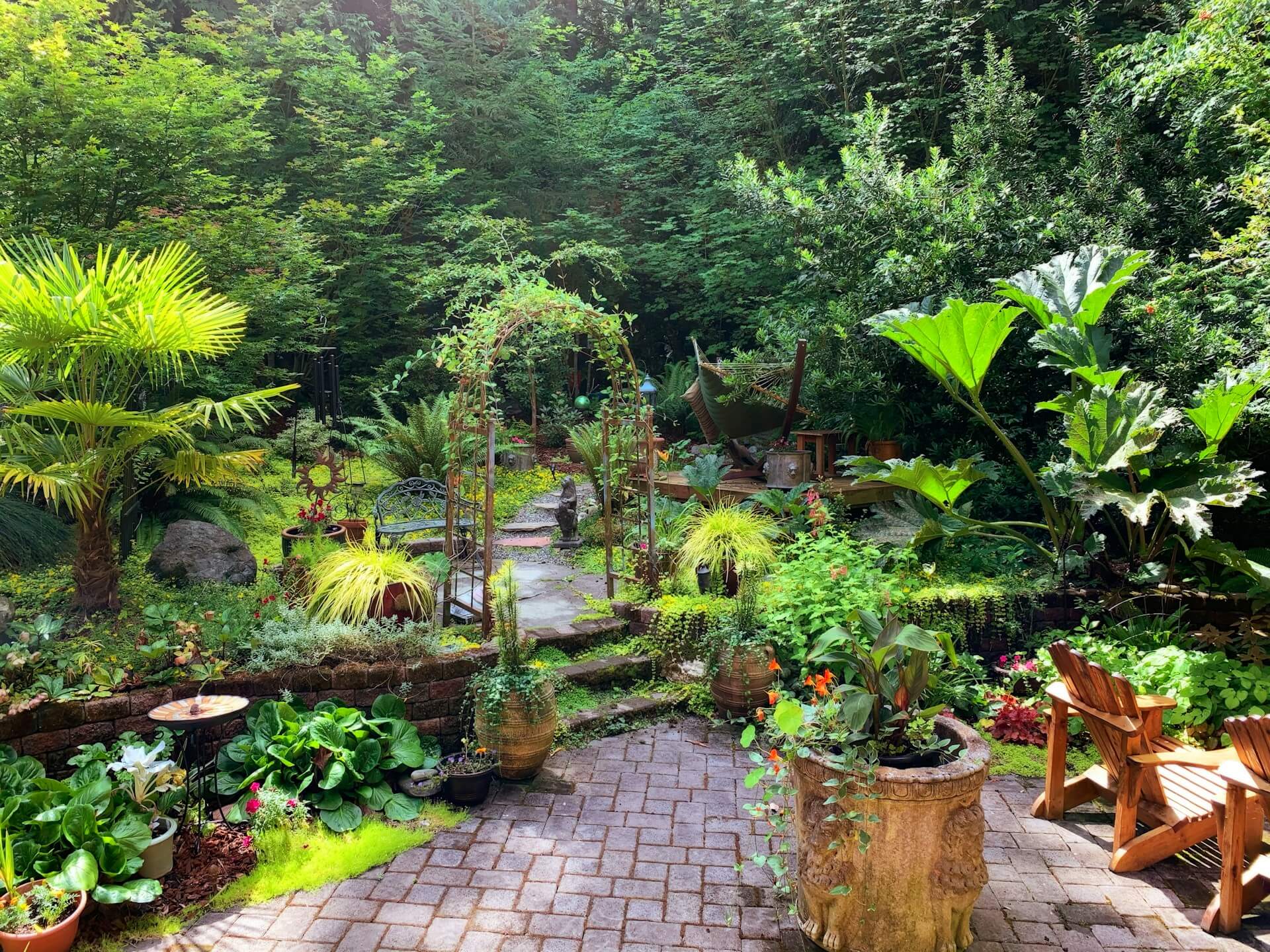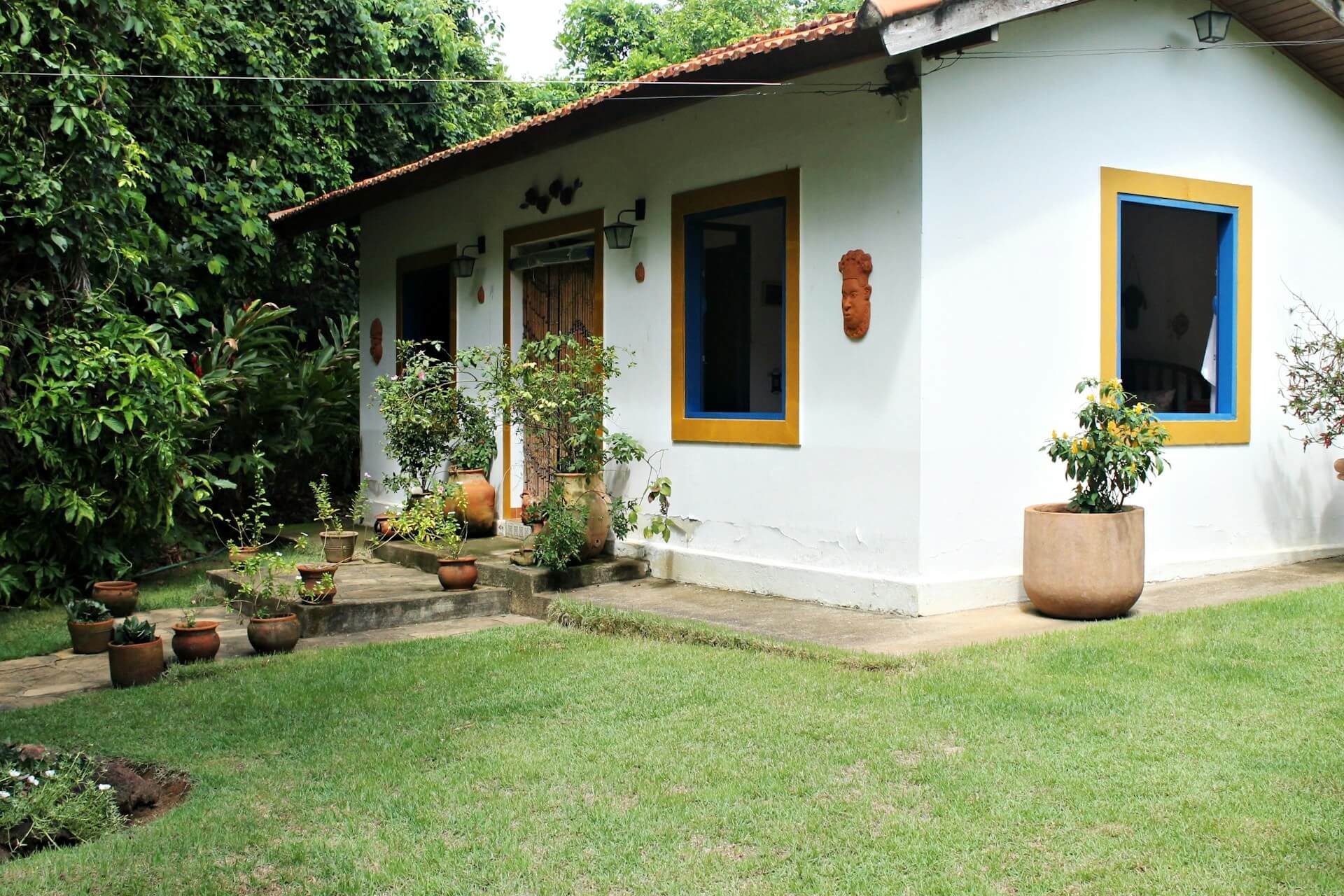Curb Appeal That Sells: Landscaping Tips Inspired By The Best In The Business
When it comes to selling a home, first impressions matter—and your front yard is often the very first thing potential buyers notice. From tidy walkways to vibrant garden beds, curb appeal can directly influence how fast and how well your home sells. In fact, according to a 2024 survey from the National Association of Realtors, 92% of agents agree that well-landscaped homes sell faster and for more money than those with unkempt exteriors.

But it's not just about planting flowers—it's about using smart, strategic design elements that highlight your home's character while minimizing upkeep. Below, we draw inspiration from some of the most successful landscaping approaches used by high-end developers and seasoned realtors, starting with a modern, low-maintenance favorite: artificial turf.
Low-Maintenance Luxury: The Case For Artificial Turf
Artificial turf has gone from being a novelty in sports arenas to a sought-after feature in upscale residential design—and with good reason. Today's synthetic grass options offer a lush, green look all year round without the cost, water waste, or upkeep of natural lawns.
Top real estate professionals have embraced artificial turf for its ability to maintain flawless curb appeal regardless of season or weather. Companies like Turf Pros Solution, Perfect Turf, and EasyTurf are leading the industry with products that blend UV protection, soft polyethylene blades, and realistic underthatch for authenticity. The result is a manicured appearance that mimics a professionally maintained lawn—without needing a gardener.
From a resale perspective, artificial turf is also a smart investment. Many buyers are attracted to the idea of a low-water, low-effort landscape that looks great on day one and stays that way. In drought-prone areas or neighborhoods with strict lawn maintenance regulations, turf can even become a competitive differentiator. Sellers who install turf often recover their investment through shorter time on market and higher selling prices. And since synthetic grass pairs beautifully with pavers, modern planters, and minimalist garden beds, it supports contemporary curb appeal trends in both suburban and urban markets.
Framing The Facade: Strategic Shrub And Tree Placement
When planning for curb appeal, large foundation shrubs like boxwood or holly are ideal for grounding the base of a home, especially under windows or along entry paths. These evergreens provide texture and form throughout the year and are easy to shape and maintain. Accent trees—like Japanese maples or flowering dogwoods—can be used to create visual focal points or soften harsh architectural angles.
Top designers often recommend using odd-numbered groupings (three or five shrubs rather than four or six) for a more natural look. And professional stagers advise trimming trees so they don't obscure windows or block architectural features, especially around the front door. Visibility and symmetry are crucial—landscaping should enhance the home's features, not distract from them.
Driveway Makeovers: Edging, Staining, And Decorative Inlays
The driveway is often one of the largest surfaces in your front yard—and yet, many sellers overlook its design potential. Smart landscapers use this as an opportunity to elevate the entire curb presentation.
Edging a driveway with bricks, cobblestone, or even turf strips instantly enhances its visual appeal and provides a clean boundary between drive and lawn. This simple upgrade is especially impactful when the rest of the yard is immaculately maintained. Additionally, staining concrete or applying a decorative overlay can refresh an old surface without the cost of a full replacement.
Luxury developments frequently incorporate exposed aggregate finishes or stamped concrete patterns that mimic flagstone or slate. These small touches add an upscale feel and signal to buyers that the home has been thoughtfully updated. In high-end properties, some designers even embed LED lighting or metallic inlays into driveways for a nighttime wow factor.

Welcome With Warmth: Entryway Landscaping That Invites
Your entryway is the final checkpoint for curb appeal—where all visual elements converge to make a lasting impression. The best landscaping pros use this space to create a seamless transition from the public sidewalk to the private threshold.
Symmetry is key. Matching planters on either side of the front door, identical sconce lighting, and twin topiaries or vertical plantings create a sense of balance and intentionality. Pathways should be clear, wide enough for two people to walk side-by-side, and bordered with soft lighting or low-maintenance perennials like lavender or hostas.
Hardscaping is just as important as greenery here. Natural stone steps, custom concrete risers, or even reclaimed brick pavers can elevate an otherwise plain stoop. Top-tier stagers will often recommend refinishing the front door itself—either with a fresh coat of paint in a trendy color like navy or forest green or by replacing it entirely with a statement piece in wood or steel.
Seasonal Color And Smart Lighting: Small Touches, Big Impact

In the eyes of real estate professionals, the homes that stand out are those that appeal across seasons. While many landscaping efforts focus on spring and summer blooms, the best designs consider year-round visual interest.
One strategy is planting a mix of evergreens, ornamental grasses, and late-blooming perennials that extend curb appeal into autumn and early winter. For example, sedum 'Autumn Joy', Russian sage, and dwarf fountain grass offer movement, color, and resilience long after the petunias fade. In winter, red-twig dogwoods or snowberry shrubs provide structure and subtle pops of color against snow or dormant turf.
Professional designers also stress the importance of lighting. Solar path lights, low-voltage uplights for trees, and warm LED fixtures near entry steps can dramatically improve nighttime appeal and safety. A well-lit home not only looks more inviting but also feels more secure—an intangible selling point for families and solo buyers alike.
Wrapping Up
Great curb appeal is never an accident—it's a result of thoughtful choices, inspired by what works in both aesthetics and resale strategy. From evergreen artificial turf to the artistic layering of plants, surfaces, and light, today's top landscapers blend design and function to create memorable first impressions.
Published 7/8/25